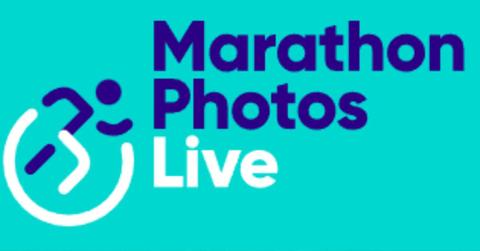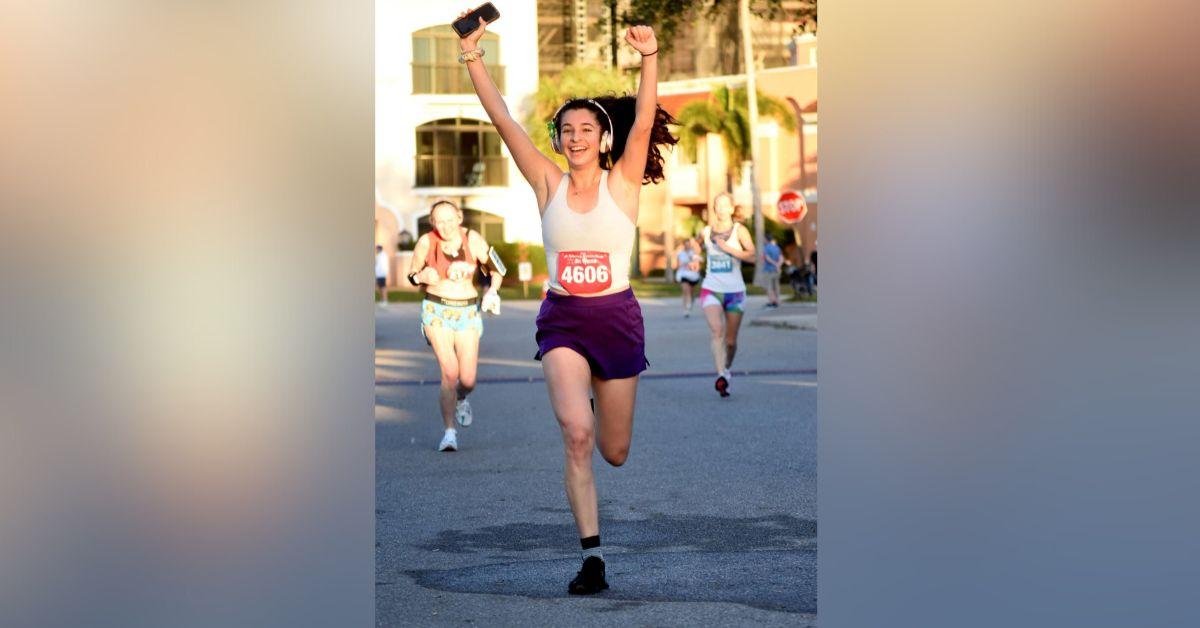 NEWS
NEWSCapturing the Journey: How Jay Sutherland and Marathon Photos Live Preserve Runners’ Hard-Earned Memories

Feb. 12 2025, Published 1:26 a.m. ET
Being a runner is no easy feat. It takes months of preparation—early morning jogs, grueling gym sessions, and countless hours of training—to reach the starting line of a race. Whether a 5K, 10K, half marathon, or a full 26.2-mile journey, each race represents a deeply personal challenge. And when runners cross that finish line, it’s more than just a physical achievement; it’s a moment filled with pride, relief, and sometimes even tears.
The rise of running culture post-COVID has brought an increased demand for professional race photography. Participants want to celebrate their achievements, share their journeys, and relive their moments of triumph. That’s where Marathon Photos Live steps in.
Since 1999, it has done more than just taking pictures. It documents the hard work, struggles, and triumphs of runners across the globe. The US Managing Partner Jay Sutherland has dedicated his photography career to ensuring that every runner has a tangible memory of their intangible journey. His team captures 15 to 20 high-quality images of each participant, along with short, high-definition videos not just of them at the end of the line but also along the course.
Jay’s journey into sports event photography was, in itself, an unexpected one. He started his career in food and beverage management, working at a high-end golf resort in Austin, Texas. His introduction to marathon photography came when a friend, who was the race director of the Austin Half Marathon, asked if his then-girlfriend (now wife) would be interested in photographing the event. “My wife, being a photographer herself, got really excited about it, and so, we agreed,” Jay recalls. “She taught me how to take pictures, and I just fell in love with it.”
His background in sales and his own experience as a former professional motorcycle racer have helped him grow the business for the past 30 years. He began securing more races for his wife to photograph, and soon, he was behind the camera himself.
In those early days, capturing a race was far more difficult than it is now. Photographers used rolls of film with just 36 shots per roll; meaning they had to swap out film constantly to keep up with the runners. Jay states, “Today, the technology has evolved dramatically, allowing us photographers to shoot 50,000 photos without stopping and capture everything seamlessly.”
For many runners, crossing that finish line is a culmination of years of effort. It’s moments filled with tears of joy, exhaustion, and an overwhelming sense of accomplishment. Jay, who spends most of his time stationed at the finish line, has seen it all—the elation, the heartbreak, and the raw emotion of every runner who crosses. “I get to see everything, from the top male and female finishers sprinting in at a four-minute-mile pace to the very last runner crossing at a 15 or 20-minute pace,” he shares. “The difference in time is huge, but the emotions are the same. It doesn’t matter if it’s a 5K or a marathon. I’ve seen runners cry just as much in shorter races as in the big ones.”
He recalls one particularly moving moment: “There was a woman who had been training for years to finish her first marathon. When she crossed, she just collapsed in tears, overwhelmed with emotion. To be there and capture that moment was incredibly special.”
Want OK! each day? Sign up here!
Marathon Photos Live boasts a turnaround time of just six to eight hours, with a maximum of 24 hours. Their global reach spans 70 countries, and they work with some of the world’s most prestigious races, whether in the US, Canada, the UK, Spain, Germany, Netherlands, New Zealand, Australia, India, or other parts of Asia.
For Jay, the most important part of his work is ensuring that runners feel seen, celebrated, and appreciated for their hard work. “The reality is, most runners don’t get a podium finish. But what they do get is a finisher medal and photographic documentation of their achievement, something they can share with their family and friends,” he says.

Marathon Photos Live also goes beyond still images. They capture high-definition video clips of runners as they approach the finish line, using timing mats along the course to sync footage with each participant’s race time. “Wouldn’t you love to have a video of you finishing your first big race?” Jay asks.
Jay’s work has taken him around the world, from the Ironman Triathlon series to major running events within the US - New York City Marathon, Boston Marathon, Chicago Marathon, the UK - London Marathon, and Berlin Marathon, to name a few. And for the thousands of runners who lace up their shoes, train through pain, and push themselves to the limit, those photos and videos aren’t just souvenirs—they’re milestones in their journey of resilience, determination, and personal triumph.


